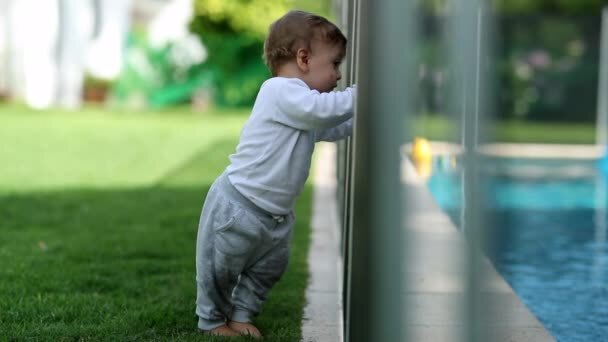- 1-905-452-8193
- Contact Us
- Member Login
- Get Listed Today
- 220,911 members

Having a swimming pool in the backyard of your home is a great way to cool off during hot days and have fun with family members. But it’s important to remember that swimming pools can also be dangerous for children if proper safety measures like glass fencing Sydney are not taken.
There are several reasons why swimming pools should be safe for children, especially younger ones. One key reason is drowning prevention. Pool drowning is one of the leading causes of death among young children, so it's very important to ensure that all precautions are taken when kids are around the water. This means having well-defined boundaries around the pool, restricting access to those who cannot swim or don’t know how to properly supervise themselves in an aquatic environment, and having a pool cover or fence with locks and alarms in place.
Swimming pools can provide hours of fun and relaxation for families, but they also need to be safe. Having a few basic safety rules in place is essential to make sure that children are not put at risk while swimming.
The following list details the fundamentals of a swimming pool that is safe for kids to use.
Provide Supervision
It is vitally important that parents or guardians always keep a close watch on their children when they are in the pool; even if your children know how to swim well, it only takes one moment for an accident to happen.
Have Life-Saving Equipment Close By
Pool owners should have life-saving equipment such as rescue tubes or life vests nearby so that someone can quickly reach them if an emergency arises.
Install A Fence
To help prevent young children from accessing the pool without adult supervision, a fence that is at least four-feet high should be installed around the perimeter of the pool and good locks should be used to secure any gates.
Use Door and Pool Alarms
Installing alarms on doors leading out to pools can alert parents if a child is trying to access the pool without permission. Additionally, motion sensors can also be placed in and around the water that will sound if someone enters the pool area unsupervised.
Learn CPR
All family members need to know how to perform cardiopulmonary resuscitation (CPR) in case of an emergency.
Don’t Let Children Play With Drains or Suction Outlets
The suction from these fixtures can be powerful enough to trap a child underwater, so it’s important to keep them away from the pool water and make sure they are covered with safety grates.
Keep Toys Away From the Pool
While toys can be fun for children, they can also create distractions that take their attention away from safety – so it is best to keep all toys out of the pool area when not in use.
Install Non-Slip Surfaces Around Pools
Slippery surfaces around pools should be avoided as much as possible, which means installing non-slip surfaces such as rubber mats in walkways, patios and decks.
Make Sure Water Is Clean
Keeping the water clean is essential for keeping germs away from swimmers, so it’s important to maintain a regular schedule for testing and treating pool water.
Don’t Leave Floating Devices In The Pool
Unsupervised flotation devices can be dangerous if left in the pool because young children may try to use them without being able to swim or float properly.
Have Proper Swimming Attire
All children must wear proper swimwear – including hats, goggles and other protective items – when swimming in pools or bodies of water to help protect them from the sun and other potential hazards.
Install and Use Pool Covers
When the pool is not in use, a sturdy pool cover should be installed to help prevent children from accessing it when unsupervised.
By following these twelve basic steps, you can help to ensure that your swimming pool is safe and secure for the whole family to enjoy. Taking a few extra precautions can save lives and keep everyone safe while they’re in and around the pool. Remember, safety comes first when it comes to swimming pools!
